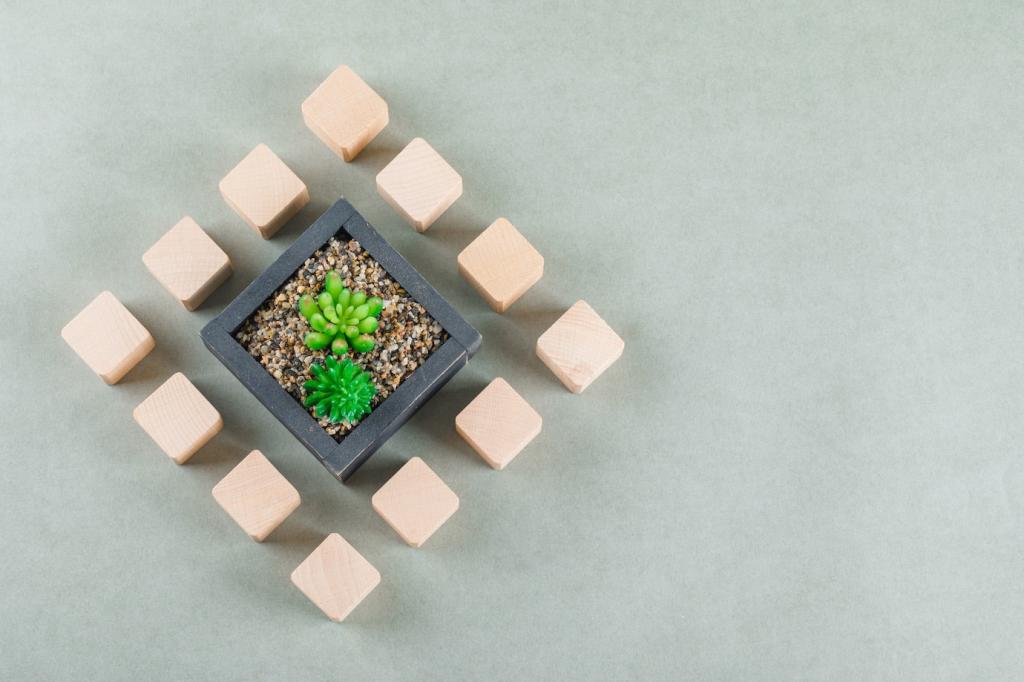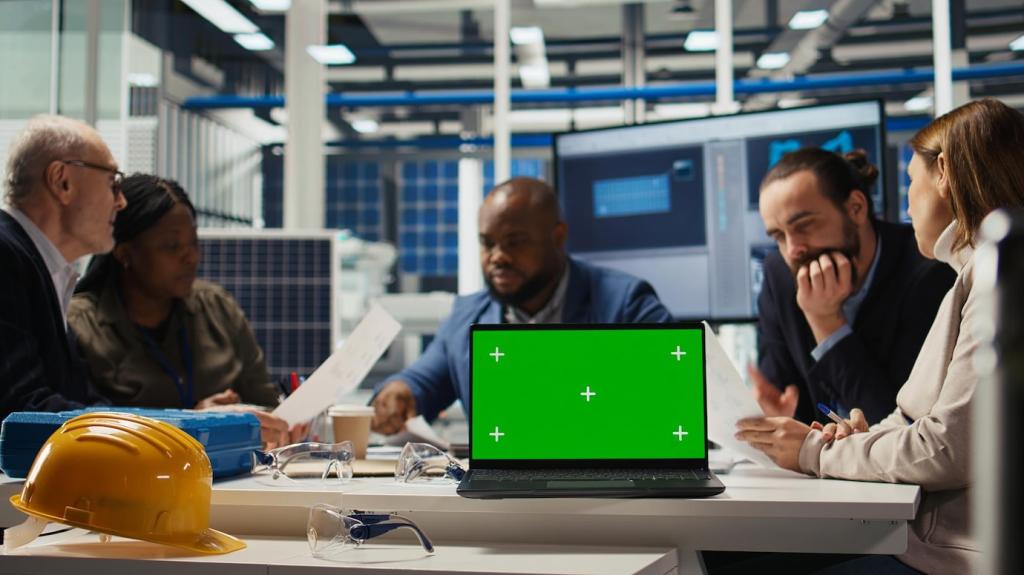Collaborating with Eco-Friendly Designers
The growing emphasis on sustainable practices across industries has sparked a significant movement towards eco-friendly design. As businesses and individuals become more conscious of their environmental impact, partnering with eco-friendly designers has never been more vital. Within this comprehensive guide, discover the core principles, benefits, collaboration strategies, and lasting impacts of working with professionals who put the planet first.

Understanding Eco-Friendly Design
At the heart of eco-friendly design lies a philosophy that melds environmental responsibility with creative innovation. Designers who embrace this ethos prioritize the use of renewable resources, low-impact manufacturing processes, and products that foster circular economy principles. These professionals recognize that each material choice and design decision contributes to a larger ecological context. By weaving sustainability into the very fabric of their work, they foster a culture of mindfulness that not only benefits the environment but also enhances user experience and long-term product value.
Benefits of Collaborating with Eco-Friendly Designers
01
Enhancing Brand Reputation and Market Appeal
Working with eco-friendly designers demonstrates a tangible commitment to sustainability, a value increasingly prized by consumers and stakeholders. Projects that showcase green credentials can elevate an organization’s brand profile and appeal to ethically minded customers. By integrating sustainability into your collaboration narrative, you signal leadership and authenticity in the marketplace. This enhanced reputation can foster loyalty, attract new audiences, and position your brand as a forward-thinking industry pioneer.
02
Cost Savings and Resource Efficiency
One of the underappreciated benefits of eco-friendly design is its potential to generate long-term cost savings. Thoughtful design strategies reduce waste, lower energy consumption, and extend the lifecycle of products and spaces. By optimizing resource use and minimizing operational expenses, eco-conscious projects often yield impressive returns on investment. Collaborating with designers who understand the economic dynamics of sustainability ensures your project is both environmentally and financially viable for the foreseeable future.
03
Meeting Regulatory and Certification Standards
As governments and certifying bodies introduce more rigorous sustainability requirements, collaborating with eco-friendly designers streamlines compliance. These professionals are well-versed in regulations such as LEED, BREEAM, and local green building codes. They can guide projects through certification processes and ensure all materials and designs meet mandated benchmarks. This proactive approach not only expedites approvals but also future-proofs your investments against evolving regulatory landscapes.
Building a Successful Collaboration
Establishing Shared Sustainability Goals
Before embarking on a project, it is crucial to align on clear sustainability objectives with your designer. These goals may range from reducing carbon emissions to achieving zero-waste outcomes or enhancing occupant well-being. Outlining priorities at the outset ensures every decision is guided by shared aspirations and measurable targets. This alignment lays the groundwork for a cohesive workflow, where all team members are empowered to contribute innovative ideas that advance the overarching mission.


Effective Communication and Feedback Loops
Open, honest communication is key to successful collaboration with eco-friendly designers. Establishing regular touchpoints, candid discussions, and responsive feedback mechanisms keeps everyone on the same page and ensures challenges are addressed quickly. By fostering a culture where input and revisions are encouraged, teams can iterate creatively and overcome obstacles with agility. This dialogic approach supports the integration of sustainability at every project phase, from concept to completion.
